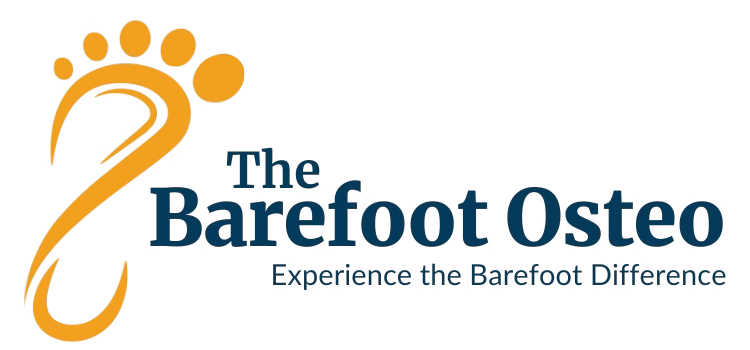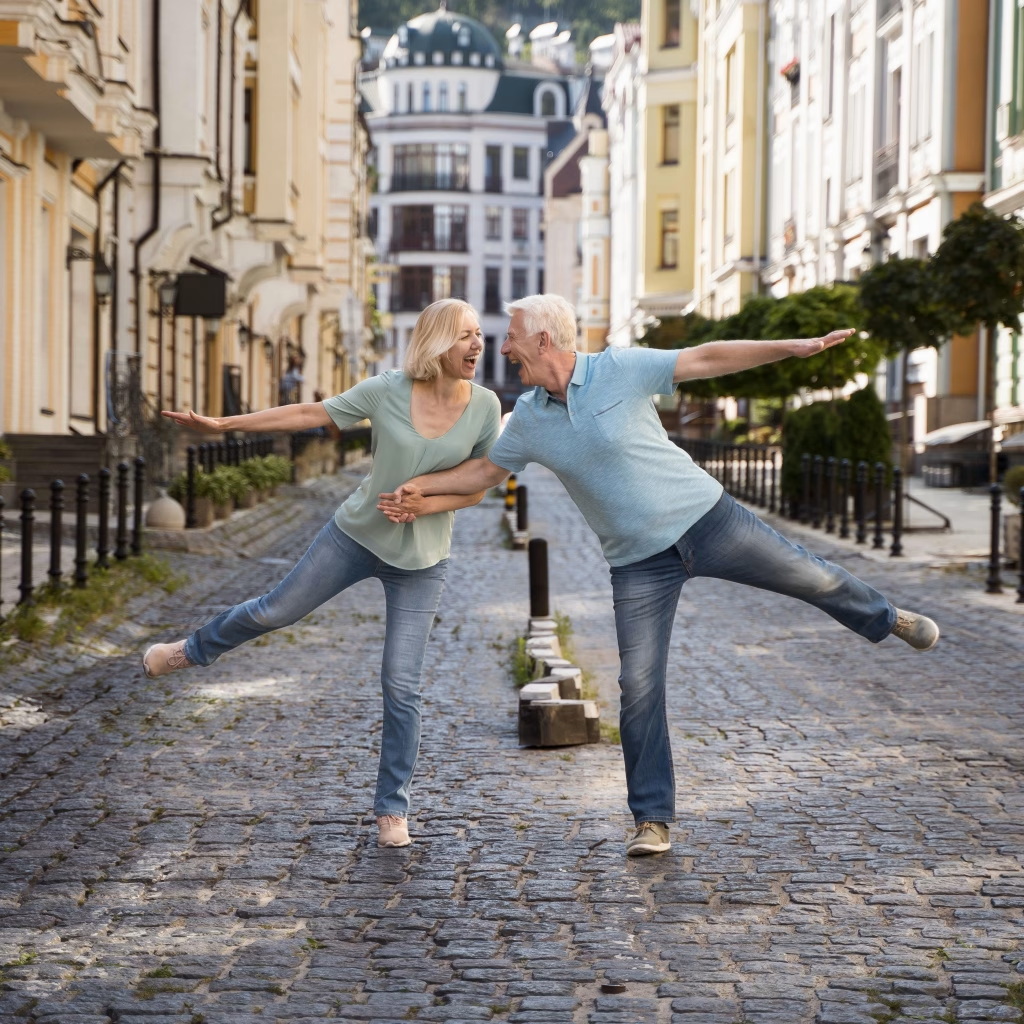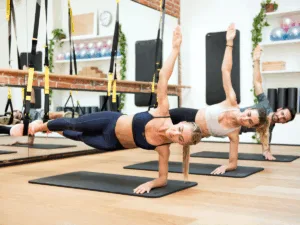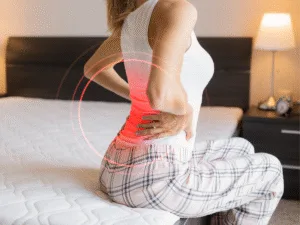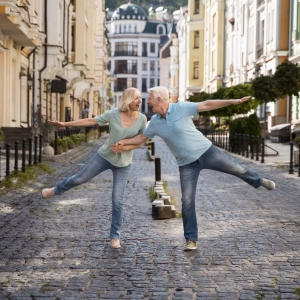The Difference Between Living Long & Living Well
Ever dream of hiking, lifting, and moving with ease at 80, 90, or even 100? Most people don’t plan for physical decline—it creeps up over time. But what if you could train your body now to stay strong, mobile, and independent for decades to come? That’s exactly what the Centenarian Decathlon aims to achieve—a framework designed by Dr. Peter Attia to help you build strength, mobility, and resilience so you can continue doing what you love well into old age.
At The Barefoot Osteo Warrnambool, we embrace this same philosophy. Health isn’t just about being pain-free—it’s about moving well for life. In this guide, we’ll break down the Centenarian Decathlon, why it matters, and how functional training can help you future-proof your movement.
Who Is Peter Attia & Why Longevity Matters
Dr. Peter Attia is the author of Outlive: The Science & Art of Longevity, with a focus on preventative medicine, performance optimization, and functional aging. His work highlights the difference between simply extending life (lifespan) and preserving real, day-to-day function (healthspan). To help people maintain their independence, he designed the Centenarian Decathlon: a set of tasks that target the physical abilities we’ll need most in our later years.
Why Longevity (and Healthspan) Matters
- It’s not just about living longer—it’s about living better.
- Healthspan ensures those extra years are free from pain, dysfunction, and reliance on others.
- Functional independence means you can continue doing the activities that bring life meaning—like playing with grandkids, going on weekend hikes, or simply carrying groceries without help.
At The Barefoot Osteo Warrnambool, this resonates perfectly with our ethos: we help you address the root causes of pain and dysfunction, so you can move optimally for decades to come.
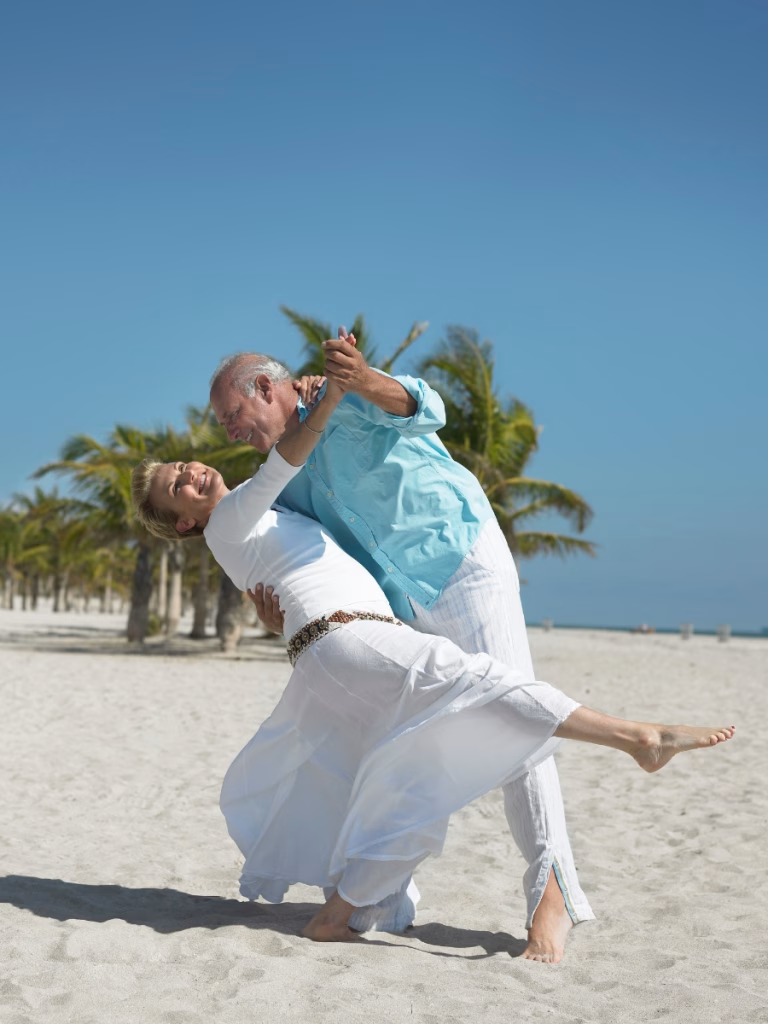
Lifespan vs. Healthspan: Why Function Matters More Than Years
Most people measure aging by birthdays, but those extra candles mean little if they’re accompanied by restricted movement and dependence on assistive devices. Dr. Attia calls the final decade of life the “Marginal Decade,” where people often experience the sharpest drop-off in physical capabilities.
Why Healthspan Is Crucial
- Maintains Independence: You can continue living life on your terms—without needing constant help.
- Prevents Chronic Decline: Consistent functional movement supports joint health, heart health, and reduces the risk of chronic diseases.
- Enhances Quality of Life: Regular movement keeps you active, socially engaged, and mentally sharp.
By focusing on healthspan over sheer lifespan, you’re investing in how well you’ll age—not just how long. This perspective lays the groundwork for strategies like Dr. Peter Attia’s Centenarian Decathlon, which target the very activities that keep you active and independent for the long haul. Next, let’s explore exactly what the Centenarian Decathlon is and how it can help you maintain lasting functional health.
CLICK HERE TO >> Discover more about The Barefoot Osteo Warrnambool’s approach to lifelong movement.
What Is the Centenarian Decathlon?
Dr. Attia’s Centenarian Decathlon pinpoints 10 functional tasks you should maintain or train for, to help ensure a thriving, independent life:
- Hike 1.5 miles on a hilly trail – Tests endurance and joint stability.
- Get up off the floor (using max one arm for support) – Gauges core and lower-body strength.
- Pick up a 30-pound child from the floor – Vital for day-to-day lifting tasks.
- Carry two five-pound bags of groceries for five blocks – Builds grip strength and endurance.
- Lift a 20-pound suitcase into an overhead compartment – Measures upper-body and core power.
- Balance on one leg for 30 seconds – Critical for fall prevention and stability.
- Have sex – Reflects overall cardiovascular fitness, core stability, and flexibility.
- Climb four flights of stairs in three minutes – Tests cardiovascular capacity and leg strength.
- Open a jar – Simple but crucial; grip strength strongly predicts longevity.
- Do thirty consecutive jump-rope skips – Shows coordination, balance, and aerobic conditioning.
These tasks aren’t random. They mirror real-life movements that keep you active, independent, and free to enjoy life—well beyond retirement. The question, then, is how to systematically prepare your body for these demands. Let’s look at the core principles of functional training that build the strength, stability, and endurance you need to thrive at any age.
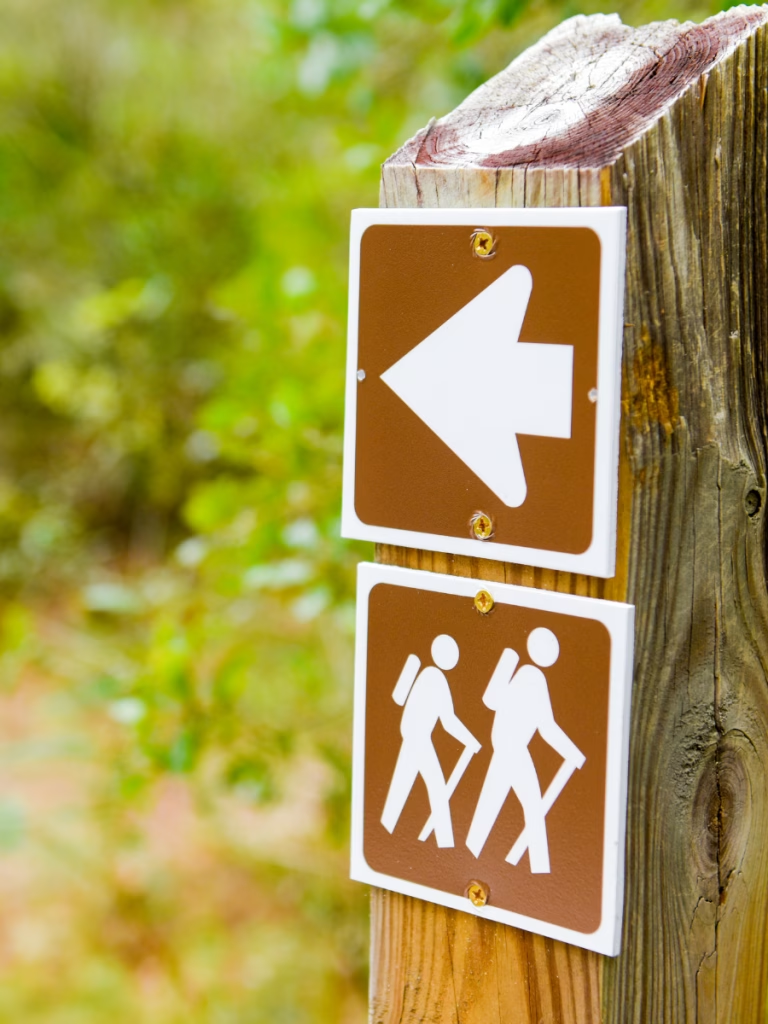
Why Functional Training Matters: The Four Pillars of Longevity
To keep your body in shape for the Centenarian Decathlon (or your own personal version of it), you’ll want to focus on these four essential pillars:
1. Strength
- Why It Matters: Strength is what lets you lift, carry, and climb without strain. It’s a major defense against frailty.
- Key Movements:
- Deadlift or Trap Bar Deadlift: Simulates picking up objects from the ground, building lower-body and back strength.
- Goblet Squats: Mimic everyday lifts (like picking up kids or groceries).
- Farmer’s Carry: Boosts grip strength, core stability, and overall endurance.
- Push-ups & Presses: Essential for upper-body power (think pushing doors open, lifting items overhead).
- Hip Hinge Drills: Protect the lower back and keep hips mobile.
2. Stability
- Why It Matters: Good stability helps prevent falls, a leading cause of injury in older adults.
- Key Movements:
- Single-Leg Balance: Aim for 30 seconds on each leg.
- Step-ups & Lunges: Great for dynamic balance and real-world tasks like climbing stairs.
- Core Engagement: Planks, anti-rotation drills, and rotational core exercises for spinal support.
- Glute Activation: Ensures proper pelvic stability, preventing knee and back issues.
3. Cardiovascular Endurance
- Why It Matters: A strong heart and lungs keep you going—whether you’re chasing kids or trekking up a hill.
- Two Types of Cardio:
- Zone 2 Training (Low-Intensity, Long-Duration)
- Activities like hiking, cycling, or rucking.
- Improves metabolic efficiency and overall stamina.
- Zone 2 Training (Low-Intensity, Long-Duration)
-
- VO2 Max Training (High-Intensity Intervals)
- Short bursts on stairs, sprints, or rower.
- Builds peak cardiovascular performance for emergency responses (like dashing to catch a bus).
- VO2 Max Training (High-Intensity Intervals)
4. Mobility & Flexibility
- Why It Matters: When joints are stiff, even simple tasks become a chore. Mobility keeps you nimble and less prone to injury.
- Key Movements:
- Full-Depth Squats: Maintain healthy knees, hips, and ankles.
- Active Hip & Shoulder Drills: Prevent stiffness and improve reach.
- Ankle & Foot Mobility: Critical for a stable gait and reducing falls.
- Dynamic Stretching: Move through full ranges of motion under control.
- Spinal Mobility Work: Flexion, extension, and rotation to keep your back mobile.
By training these pillars, you’re building a body that’s ready for anything—whether that’s lifting a suitcase, dancing at a wedding, or exploring Warrnambool’s scenic trails well into your 80s and 90s.

The “Backcasting” Method: Training for the Future You Want
Planning for Physical Decline vs. Training for Longevity
Most of us don’t plan to lose our abilities; we simply wake up one day realizing we can’t do what we used to. Backcasting flips that script. Instead of asking, “What can I do now?” it asks, “What do I want to be able to do at 80, 90, or 100?” Then, it works backward to ensure you’re training above that level today.
- Forecasting: Predicting how you’ll age based on current habits.
- Backcasting: Deciding on future capabilities (like lifting 30 pounds well into old age) and training at a higher level now so natural declines won’t drop you below your goal.
How to Apply Backcasting
- Identify Key Tasks: Maybe you want to hike the Warrnambool Foreshore Trail or lift a grandchild without back pain.
- Train Above Your Target: If you’d like to lift 30 pounds at 80, practice comfortably lifting 50–60 now.
- Use Progressive Overload: Keep challenging your body with incremental increases in weight, speed, or time.
- Regular Assessments: Check your progress to ensure you’re on track to meet (and maintain) your future goals.
Creating Your Own Centenarian Decathlon: A Step-by-Step Guide
Ready to customize the concept to your own life? Here’s how:
Step 1: Define Your 10 Key Tasks
- Brainstorm the daily, recreational, or family-related activities you want to maintain long-term (e.g., walking 5km pain-free, carrying groceries up the stairs, swimming laps with ease).
- Aim for tasks that bring you joy or are essential for independence—lifting a laundry basket, gardening, etc.
Step 2: Assess Your Starting Point
- Strength Check: Can you do a full goblet squat? Handle a deadlift of ~1× your body weight?
- Stability Check: Can you balance on one leg for 30 seconds?
- Cardio Check: Can you walk 3 miles in under an hour without feeling wiped out?
- Mobility Check: Can you squat deeply or reach overhead comfortably?
Whatever your baseline is, it’s just that—a place to begin.
Step 3: Build a Structured Plan
- Strength Training (2–3× per week)
- Focus on multi-joint lifts like squats, deadlifts, and presses.
- Incorporate functional moves (lifting from the ground, carrying objects).
- Stability Work (Daily 5–10 mins)
- Practice single-leg balance, core drills, and gentle proprioceptive exercises.
- Cardio Sessions (4+ per week)
- Mix low-intensity Zone 2 (e.g., hiking along Warrnambool’s beaches) and high-intensity bursts (stairs, intervals).
- Mobility Routines (Daily 5–10 mins)
- Emphasize hips, shoulders, ankles, and spine to keep joints flexible and strong.
Step 4: Track & Adjust
- Schedule periodic assessments—monthly or quarterly—to see if you’re progressing.
- Adjust your plan based on your results, increasing weights, speed, or range of motion as you improve.
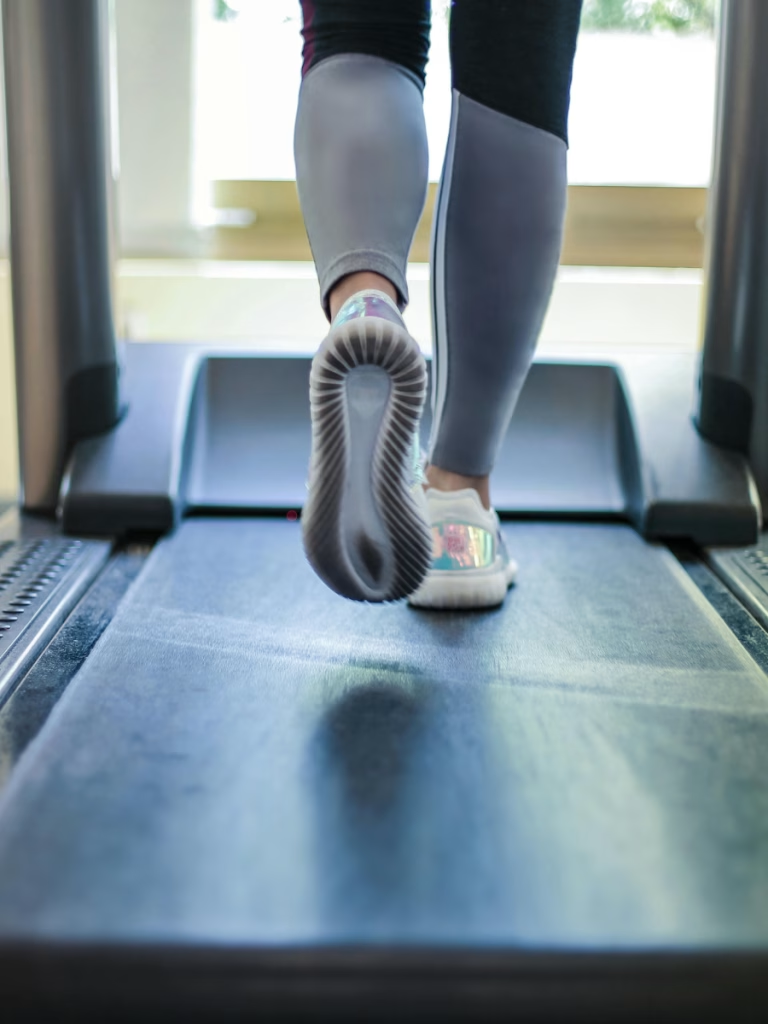
The Science: Why Training for Longevity Works
If all this sounds too good to be true, the research says otherwise:
- Muscle Loss & Aging
- Muscle strength can decline by 3–5% per decade after 30.
- Strength training counters sarcopenia (age-related muscle loss), keeping you functional and lowering fracture risk.
- [Source: American Geriatrics Society]
- VO2 Max & Cardiovascular Health
- VO2 max (your body’s ability to use oxygen) is a key predictor of mortality risk.
- Interval training and steady-state cardio can significantly slow the natural decline in VO2 max.
- [Source: National Institute on Aging]
- Stability & Fall Prevention
- Falls are a leading cause of injury in older adults.
- Balance exercises improve proprioception (the sense of where your body is in space), reducing fall risk.
- [Source: Journal of the American Geriatrics Society]
By blending strength, stability, cardio, and mobility, you build a body prepared to handle daily stressors, stay injury-free, and age with confidence.
Train Today for the Future You Want
Aging doesn’t have to mean giving up your favorite activities—or spending your later years reliant on others. The Centenarian Decathlon framework, combined with osteopathy’s focus on holistic, functional health, offers a roadmap to keep you moving freely for as long as possible.
Key Takeaways
- Prioritize Healthspan: Don’t just add years to your life—add life to your years.
- Embrace Functional Training: Focus on real-world movements that build practical strength and independence.
- Use Backcasting: Train above the level you’ll need in later decades to create a “buffer” against natural declines.
- Stay Consistent: Regular movement and gradual progression are far more powerful than occasional bursts of exercise.
- Seek Expert Guidance: An osteopath or functional movement specialist can help tailor a program to your body’s needs.
Ready to Move Better, Longer?
At The Barefoot Osteo Warrnambool, our approach is simple: we help you build and maintain the strength, balance, and mobility needed for a vibrant, independent life—no matter your age.
- Personalized Assessments: Identify your strengths, pinpoint areas to improve.
- Tailored Programs: Build long-term functional strength, balance, and endurance.
- Hands-On Osteopathic Support: Train safely and effectively with professional guidance.
- Ongoing Progress Tracking: Adjust your plan as your body adapts.
Ready to future-proof your movement?
- Contact us to book a consultation and start building your personal Centenarian Decathlon plan.
- Keep an eye out for our upcoming functional longevity program, done in collaboration with a local Warrnambool gym—where you can put this blueprint into action!
Because how you move today will determine how you’ll move decades from now. Let’s make those later years active, fulfilling, and pain-free.
References:
Attia, P., & Gifford, B. (2023). Outlive: The science & art of longevity. Harmony Books.
da Silva-Grigoletto, M. E., Mesquita, M. M. A., Aragão-Santos, J. C., Santos, M. S., Resende-Neto, A. G., de Santana, J. M., & Behm, D. G. (2019). Functional training induces greater variety and magnitude of training improvements than traditional resistance training in elderly women. Journal of Sports Science and Medicine, 18(4), 789–797.
Garmany, A., Yamada, S., & Terzic, A. (2018). From lifespan to healthspan. JAMA, 320(13), 1323–1324.
Izquierdo, M., de Souto Barreto, P., Arai, H., & Bischoff-Ferrari, H. A., et al. (2023). Global consensus on optimal exercise recommendations for enhancing healthy longevity in older adults (ICFSR). The Journal of Nutrition, Health & Aging, 27(1), 100401.
La Greca, S., Rapali, M., Ciaprini, G., Russo, L., Vinciguerra, M. G., & Di Giminiani, R. (2022). Acute and chronic effects of supervised flexibility training in older adults: A comparison of two different conditioning programs. International Journal of Environmental Research and Public Health, 19(24), 16974.
Lowery, J. W., Baker, J., Gebhardt, G. P., & Ward, R. C. (2020). Osteopathic medicine and the osteoporosis management gap. Journal of Osteopathic Medicine, 120(9), 621–623.
Mandsager, K., Harb, S., Cremer, P., Phelan, D., Nissen, S. E., & Jaber, W. (2018). Association of cardiorespiratory fitness with long-term mortality among adults undergoing exercise treadmill testing. JAMA Network Open, 1(6), e183605.
Momma, H., Kawakami, R., Honda, T., & Sawada, S. S. (2022). Muscle-strengthening activities are associated with lower risk and mortality in major non-communicable diseases: A systematic review and meta-analysis of cohort studies. British Journal of Sports Medicine, 56(13), 755–763.
Sherrington, C., Michaleff, Z. A., Fairhall, N., Paul, S. S., Tiedemann, A., & Lord, S. R., et al. (2017). Exercise to prevent falls in older adults: An updated systematic review and meta-analysis. British Journal of Sports Medicine, 51(24), 1750–1758.
World Health Organization. (2021). Physical activity. WHO Factsheet.
https://www.who.int/news-room/fact-sheets/detail/physical-activity
